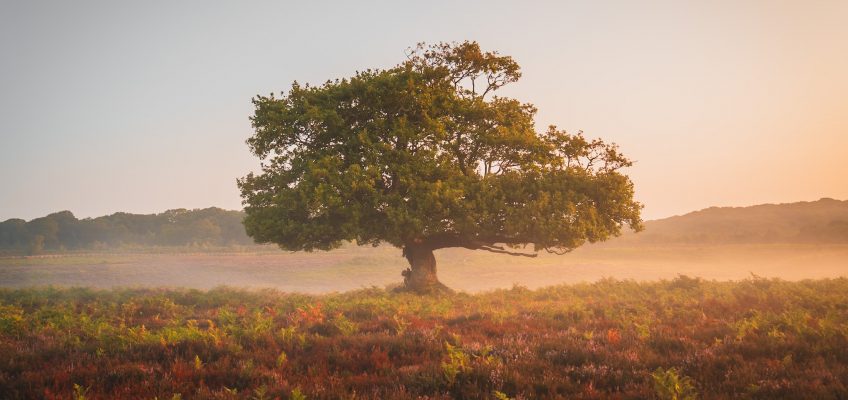One Day In Harris : Mike Prince

One Day In Harris
Harris, a landscape photographer’s paradise. Moody skies, windswept beaches and Atlantic storms over opalescent seas. For many it is almost the perfect seascape location giving beach foregrounds, brooding skies and views beyond to distant hills or islands.

Many are the accounts of brave photographers struggling to stand upright in Harris storms, equipment failing the ultimate tests of wind, sand, water and salt and individuals returning home with sand rash.
The journey up is always filled with anticipation. For those of us lucky to live in the north, it isn’t even too far. Many choose to travel via the isle of Skye and across to Tarbert but for many years I have chosen to approach via Ullapool and on to Stornoway. It depends when you stay on the island but against instinct the journey to Ullapool from the M6 is shorter, easier and quicker than that to Uig.
We usually choose to stay on Lewis, often ( unfairly) the less celebrated of the two islands and enjoy more accessible prices than those in West Harris.
This year was not the typical April however and where previous years have brought all manner of meteorological challenges to test the photographer’s craft and stamina, our week brought wall to wall sunshine. No cloud, virtually no wind and certainly no ‘atmospheric conditions’.
From arriving on Saturday until Thursday the days were uniformly sunny. Not a cloud, hardly a wave, just harsh sun and deep shadows.
That presents a photographer with a number of decisions. Allow oneself to be consumed by angst and attempt to force the issue or relax and be accepting. I chose to relax, carry a camera ‘just in case’ but concentrate on walking, seeing island, exploring locations and enjoying just being in one of the most beautiful places on the planet. Friday’s forecast showed rain which backed off to cloud alone but at least offered hope of making photographs that might give me satisfaction.
A 05.30 alarm put me on Niseaboist beach at 06.30 which was high tide and sunrise time. If you’re planning to visit this beautiful beach ( named incorrectly in my view as Traigh Iar by the OS on their maps) then the ends of the day work best and high tide gives the most options around the rocks at either end. At lower tides, some fine ripple patterns tend to emerge further down the beach.
My normal practice is to work slowly, methodically and make relatively few images in a session. However as this was my one chance I had to work quickly, make many images and even switched locations where otherwise I might have stayed put.
I stayed on Niseaboist for the first four hours as the tide peaked and began to ebb. A few patches of light appeared with the early sun but for the most part clouds prevailed allowing the soft pastel topaz of the sea to take centre stage. When the tide is receding the pressure is off for camera bag placement as there is no chance of it becoming inundated by waves but that same pressure is very much on for shoreline rocks which quickly lose their surroundings and over lapping water. This often happens in the time it takes to compose an image.

There are many challenges in such locations, all may be exacerbated by prevailing weather conditions. Perhaps the greatest is that the nature of the location brings sand, salt and water together and these are the greatest enemies of complex electronic cameras ( or indeed analogue cameras for the most part).
There seem to be two schools of thought on managing the elements. One is to ‘tough it out’ and celebrate the weather sealing of the chosen camera. My own view is to use soft weatherproof covers and view the camera’s weather sealing as the last line of defence. I’ll always have some sort of filter on the front of the lens either a screw on UV or one or more of my Kase Armour System filters. With windblown spray and salt, deposits are going to build up and eventually require attention. Managing the cleaning of a filter is always better than a lens element. I’ve found the Kase filters to be more resistant to build up, better at shedding water drops and easier to clean than any other brand.
Those attributes are on top of their unmatched optical quality and colour neutrality.

There are filter choices being made from the moment I start walking onto the beach in the Hebrides. In my favourite clouded conditions, the signature topaz of the sea is best revealed to my eye. A polariser almost always helps this be realised and so is fitted to the back of the holder before the holder attached to the camera.
Next I go to shutter speeds and water movement. My taste is generally to allow some motion in the water. In the early light a CPL might be sufficient when combined with a small aperture of f11 to give the look I’m after. The combination of wind and tide usually means some experimentation is needed. As the light increases, I’ll add an ND8, then ND64 and perhaps even an ND1000. All the while knowing that my colours will be utterly consistent. I may remove all the ND’s for a detail in a small pool and vary things according to how much wave washed rock is in the foreground.
Most of the time exposures are between 1 and 3s. This morning gave occasional images of two minutes however.
A sturdy, solid tripod is required. These conditions with waves hitting on approach and sand being washed away on the ebb flow highlight any shortcomings. My rule of thumb is to use the biggest, carbon fibre tripod I have. I’ll choose either my Kingjoy C85 or my Gitzo Series 3. Despite the significant price difference there’s nothing to choose between them. Leg joints hate sand and salt and carbon fibre doesn’t much like seawater so I use two strategies to mitigate this.
Despite generally accepted practice, ( of favouring the thickest leg sections in sequence) I always extend the bottom leg section fully and leave it out: if possible until I get back to my accommodation. This significantly reduces the chance of getting sand or salt in leg joints. Secondly, I wash the entire tripod in warm soapy water as soon as I get back to wherever I’m staying.
Finally I’ll always use the longest tripod spikes, with the threads well greased before putting in. I’ll take them out after the trip to clean and regrease. Seized spike threads are a nightmare.

Marginal Failure Points
So much of the above depends upon a number of critical elements when an entire week’s photography has to be accomplished in a single window of opportunity. The stakes are raised still higher if one considers that this might be the sole window for the year as, for me, visits to Harris tend to be annual.
Much has been written about marginal gains but in circumstances such as that morning it’s all about marginal points of failure. Identifying and eliminating every imaginable point of failure gives the greatest chance of success in the limited time available.
There are two fundamental threads to pull:
- High proficiency in the craft of photography and complete familiarity with the equipment being used. These are not the times to be unskilled or to try new items of kit.
- Complete faith in the reliability and performance of the equipment being used.

Over 45 years making photographs professionally means that an instinctive approach is based on the certainty of knowledge and the reliability of countless repetitions.
I’m still using a Nikon Z7, bought on the day orders were opened and now approaching 5 years old. I use a 24-200mm more often than any of my ‘superior’ lenses in such circumstances to reduce the number of lens changes. On that morning, I used only the 24-200mm and a 14-30mm.
Even the camera bag is part of the chain of success that must not be broken. I know a photographer who, some years ago, slipped on the rocks at Niseaboist and his D810 camera was broken inside his ( well known brand) camera bag. This left him without a camera for his entire week. I chose the excellent Summit Creative Tenzing 30 bag which I’ve been using for the past year.

It is a superb bag and performed in outstanding fashion throughout. It is well designed, made to an impeccable standard and gives the level of protection, ease of use and comfort that I require.

It demonstrates a great deal of learning about how we actually use our bags and offers improvements not seen elsewhere.
As photographers, we visit beautiful locations to make photographs, not to think about equipment. Once the process begins, the very best equipment ‘disappears’. By this I mean that there is nothing to interrupt or distract the process between the photographer’s eye and the image produced. Each item is chosen carefully, there are no risks possible when opportunities may be so limited. There is no room for error or for equipment failure and no room for any item of equipment to get in the way of making photographs.


Mike Prince April 2025









